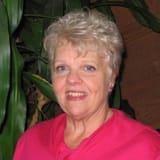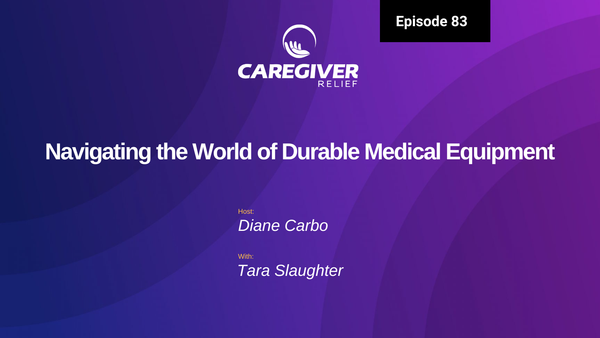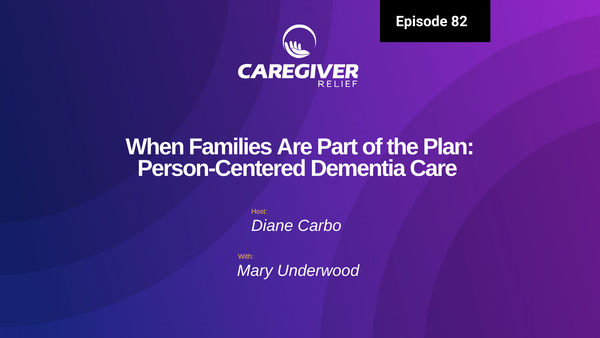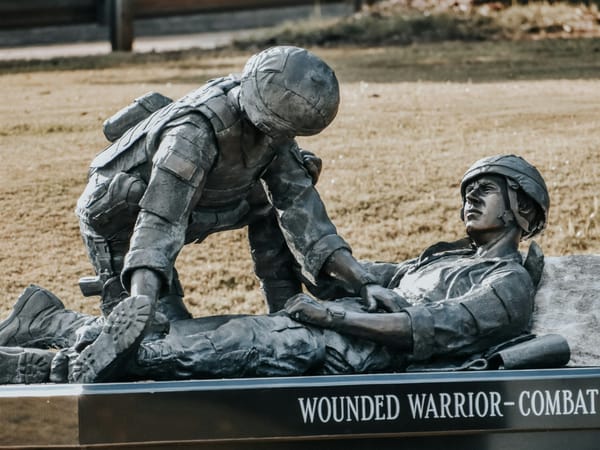Elder Health Care and Safety in the Home
Prepare for the unexpected with our comprehensive home safety checklist for the elderly. Reduce the risk of falls and injuries with tips on fall prevention, identifying hazards, and emergency preparedness. Download now as a part of your elder health care plan.

My Home Safety Check List Can Help In Emergency Preparedness
Home safety for the elderly is part of elder health care; it requires preparing for the unexpected. Emergency preparedness requires planning. A home safety checklist has been developed for a variety of different conditions. You will find the Home safety checklist available to download for each different safety condition.
As we age we need to take special precautions to ensure a safe home environment it is a part of elder health care. Most accidents in the home can be prevented by eliminating potential hazards.
Fall prevention for the elderly
At least half off all falls happen at home. The aging population experiences falls that result in serious injuries, disability and even death. Maintaining home safety for the elderly starts by assessing your aging loved one, then the home environment it is an important part of elder health care.
Here is a checklist of all the risk factors that apply to your aging loved one and your home. Circle the risk factors below that apply to your loved one. The more factors checked, the higher your risk for falling.
- History of falling - 2 or more falls in last 6 months.
- Vision loss- If your loved one changes in their ability to detect or discriminate objects; you notice a decline in depth perception; or a decrease in their ability to recover from a sudden exposure to bright light or sun glare.
- Hearing loss- take notice to your loved one's ability to hear. If they have decreased hearing it mat affect their response time to a potentially dangerous situation
- Foot pain or shoe problems foot pain can affect walking and balance; neuropathies cause decreased sensation or feeling; sores on foot or ill fitting or badly worn shoes
- Medications- taking four or more medications; medications that may cause drowsiness, dizziness or low blood pressure.
- Balance problems- observe you loved ones ability to walk; a decline in balance; a decline in speed of walking; observe for weakness of lower extremities
- High or low blood pressure- Both of these conditions or the medications that treat them may cause unsteadiness.
- Hazards inside your home
- Hazards outside your home
Here is a home safety checklist and tips for you to review and to assist you in identifying things you may need to address:
- Keep emergency numbers in large print near each phone in the home
- Put a phone near the floor in case you fall and are unable to get up
- Clean up spills immediately
- Use non-slip mats on slippery floors
- Remove clutter, cords and wires from walkways
- Install handrails on any stairs leading to or from the home
- Keep stairways well lit with automatic lighting that turns on when entering a dark area
- Secure rugs with double sided tape and make sure they are firmly attached to the floor
- Place grab bars in bathrooms at both the toilet and bathtub/shower areas
- Lock all doors and windows and keep them closed when not in use
- Check smoke detectors every month; replace batteries twice a year
- Store emergency supplies such as food, water, flashlights, blankets, and first aid kits; ensure that these items are easy to access in case of an emergency.
These tips and this home safety checklist are designed to help you better prepare for potential emergency situations. Maintaining elder health care and safety in the home is essential for aging in place. As we age, it’s important to take proactive steps to ensure a safe and comfortable environment where our loved ones can live with dignity and security. Home safety for the elderly is an important part of elder health care; being prepared for emergency situations will help protect you, your family, your friends, and your neighbors should any emergency arise. Taking some simple precautions and making use of this checklist can make all the difference in keeping everyone safe.
For more elder health care tips on staying safe at home visit our website or contact us directly. We are here to help.
Emergency Preparedness Checklist
You might also like this article:







